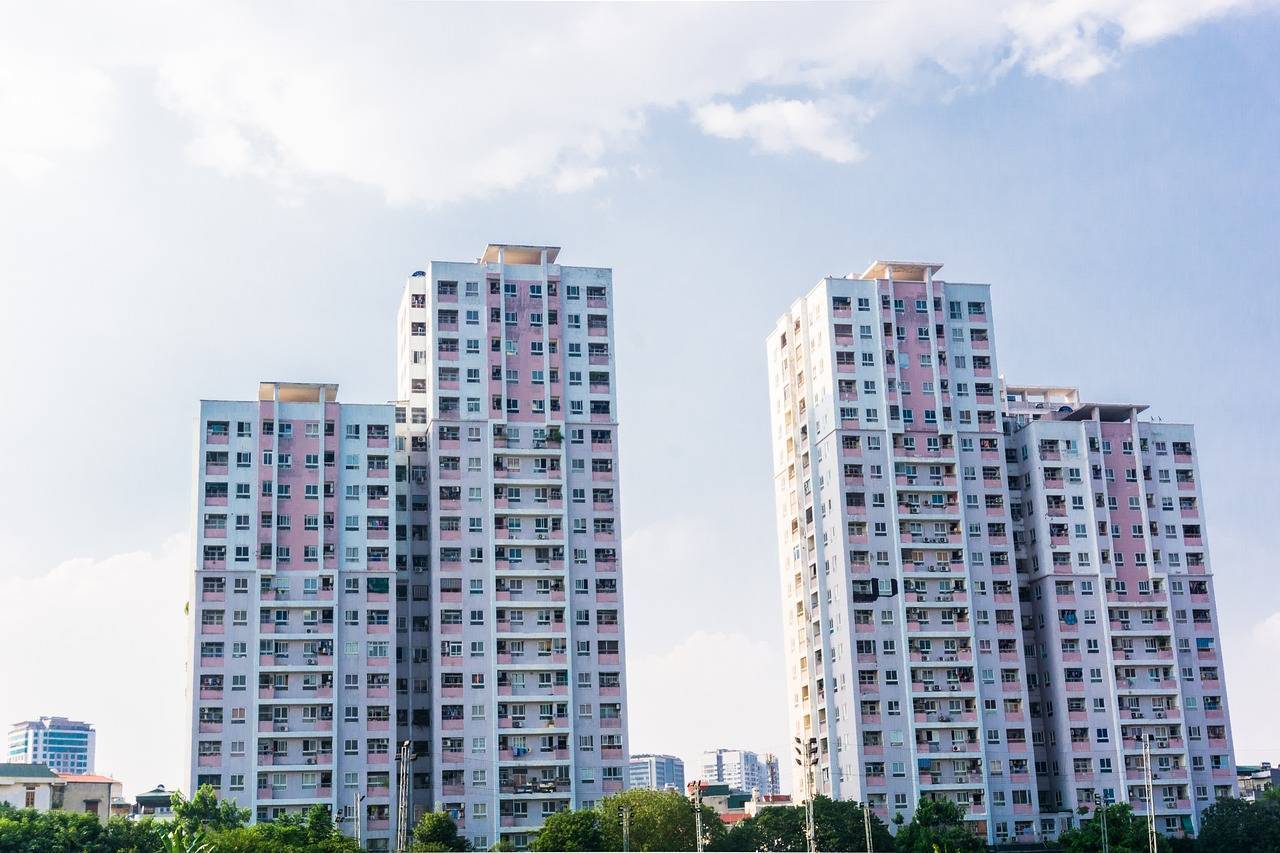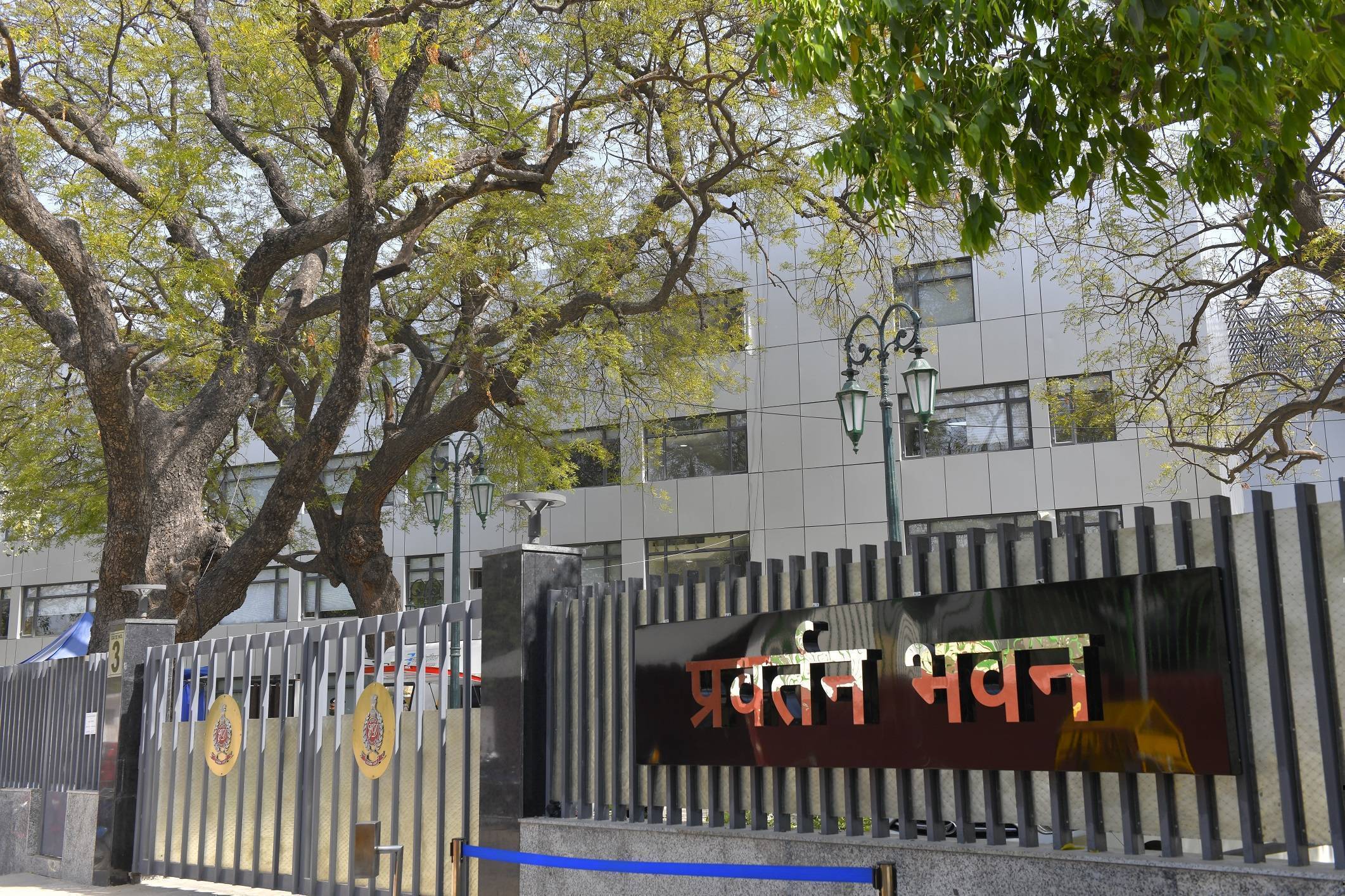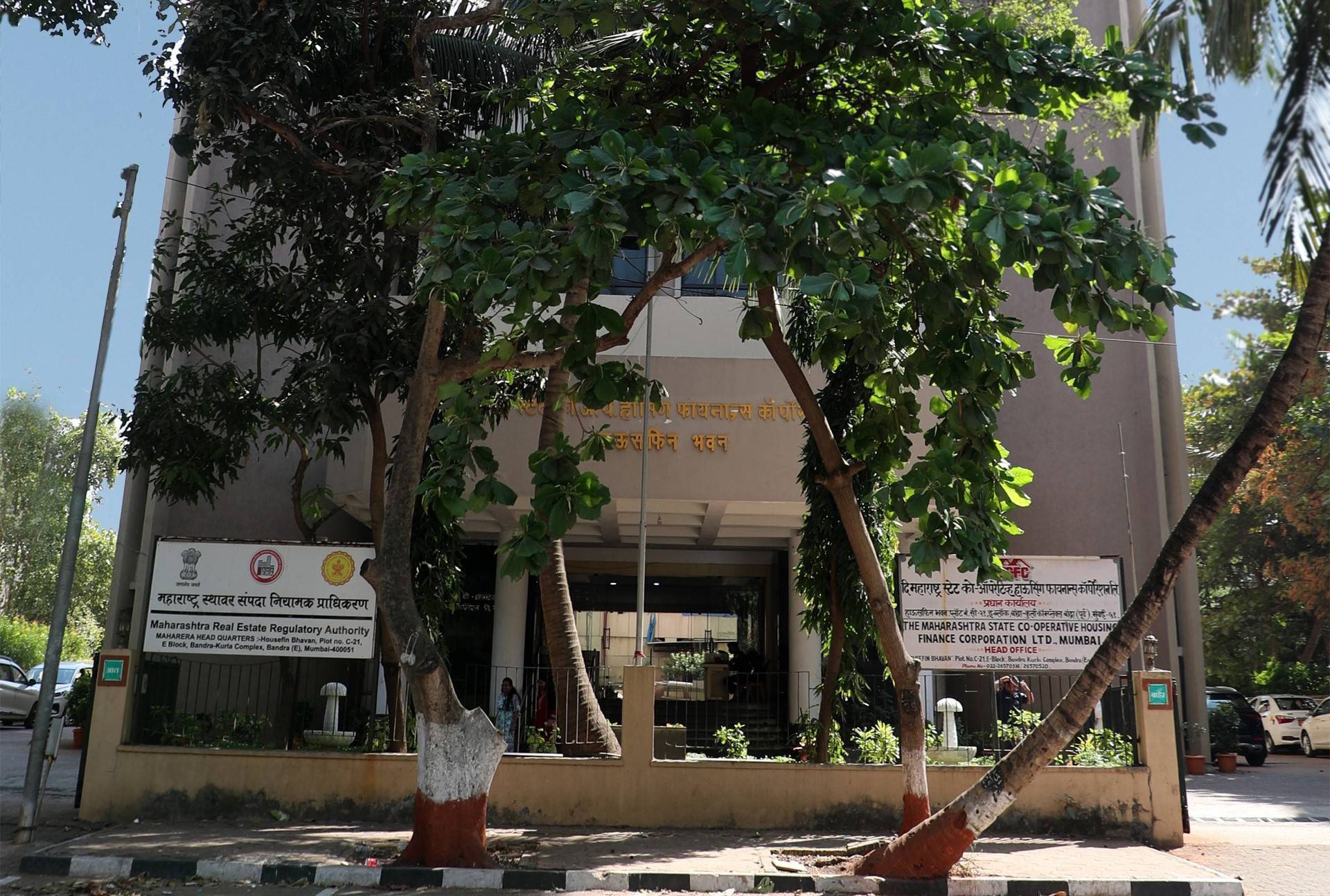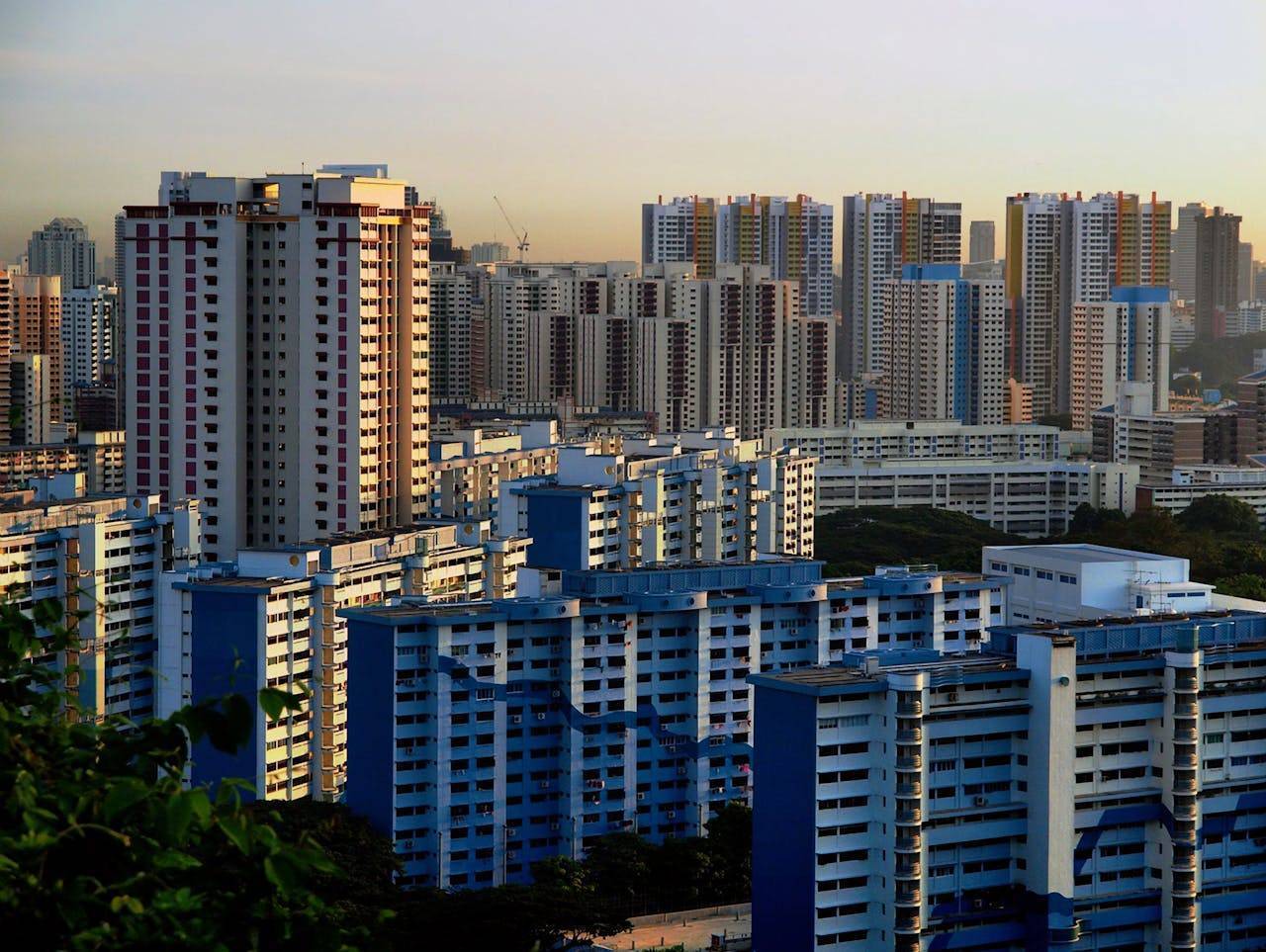Noida, a rapidly growing city in the National Capital Region (NCR), is on the brink of significant change. Recent amendments to the building by-laws are set to drive a surge in vertical development, potentially transforming the city's skyline. This shift towards taller buildings is a strategic response to rising demand for residential and commercial spaces, fueled by the city's expanding population and thriving economy. The changes are expected to have broad implications for developers, investors, residents, and urban planners.
Understanding the Amended By-Laws
The amended by-laws, introduced by the Noida Authority, represent a progressive step toward optimizing the use of available land in the city. One of the key changes is the increase in the permissible Floor Area Ratio (FAR), which directly impacts the height of buildings. Previously, the FAR in Noida was restricted to a certain limit, capping the height of buildings and thereby limiting the number of floors that could be constructed. However, with the revised by-laws, developers can now construct taller buildings, subject to certain conditions and guidelines.
The new regulations are designed to encourage vertical development, which is considered more sustainable in the long run. By allowing taller structures, the city can accommodate more people within a smaller footprint, reducing urban sprawl and preserving green spaces. Moreover, the move aligns with the broader urban development goals of creating more livable, efficient, and sustainable cities.
Implications for Developers and Investors
For real estate developers, the amended by-laws open up new avenues for growth and profitability. Taller buildings mean more residential or commercial units per plot, potentially leading to higher returns on investment. Developers can now offer a greater variety of housing options, from luxury high-rise apartments to more affordable units in the same building, catering to a broader demographic.
This change is likely to attract significant interest from both domestic and international investors. The potential for higher returns in a booming market like Noida makes it an attractive destination for investment. Additionally, the increased availability of vertical space could lead to more competitive pricing, making Noida a more appealing option for homebuyers and businesses looking to establish a presence in the NCR.
Impact on Residents
For residents, the advent of taller buildings brings both opportunities and challenges. On one hand, taller buildings could mean better amenities, improved infrastructure, and enhanced community living experiences. High-rise buildings often come with features like gyms, swimming pools, green spaces, and advanced security systems, offering a more luxurious lifestyle.
On the other hand, the increased density could lead to concerns about overcrowding, pressure on existing infrastructure, and potential environmental impacts. The city’s authorities will need to ensure that the development of taller buildings is accompanied by corresponding upgrades to public services, including water supply, sewage systems, transportation, and waste management.
Furthermore, residents may need to adapt to a different way of living, particularly in terms of building maintenance, security, and community management. High-rise living often requires more sophisticated management systems, and residents might need to contribute more towards the upkeep of shared spaces and facilities.
Urban Planning and Infrastructure Development
The shift towards vertical development necessitates a comprehensive approach to urban planning. Noida’s infrastructure will need to evolve to support the demands of taller buildings and higher population densities. This includes upgrading roads, enhancing public transportation, and ensuring that utilities can meet the increased demand.
The Noida Authority has already indicated plans to invest in infrastructure projects that will support the city's vertical growth. This includes expanding the metro network, improving road connectivity, and upgrading utilities like water and electricity. Additionally, there is a focus on developing green and smart infrastructure, such as rainwater harvesting systems, energy-efficient buildings, and waste management solutions, to ensure that the city's growth is sustainable.
Urban planners and architects will also need to consider the aesthetic and environmental aspects of taller buildings. The design of high-rise structures should harmonize with the city’s overall skyline and not lead to a congested or cluttered appearance. Furthermore, taller buildings should incorporate sustainable practices, such as using energy-efficient materials, maximizing natural light and ventilation, and integrating green spaces.
Challenges and Considerations
While the amendments are largely seen as a positive development, they do come with their own set of challenges. One of the primary concerns is the environmental impact of taller buildings. The construction of high-rise structures requires significant resources, and the increased density could lead to higher levels of pollution and waste. The city will need to implement stringent environmental regulations to mitigate these risks.
Another consideration is the social impact of vertical living. High-rise buildings can sometimes lead to a sense of isolation among residents, particularly in large, densely populated structures. It will be important to design buildings and communities in a way that fosters social interaction and a sense of belonging among residents.
The Future of Noida's Skyline
As Noida embraces the potential for taller buildings, the city is set to undergo a significant transformation. The amended by-laws provide an opportunity for the city to grow in a more sustainable and efficient manner, while also addressing the needs of its expanding population. However, the success of this vertical expansion will depend on careful planning, investment in infrastructure, and a commitment to sustainable development practices.
In the coming years, Noida's skyline is likely to be dominated by high-rise buildings, reflecting the city's evolution into a modern, dynamic urban center. For developers, investors, and residents, this represents an exciting opportunity to be part of a new chapter in Noida's growth story. However, it will also require a concerted effort from all stakeholders to ensure that this growth is balanced, sustainable, and beneficial for all.









.png)